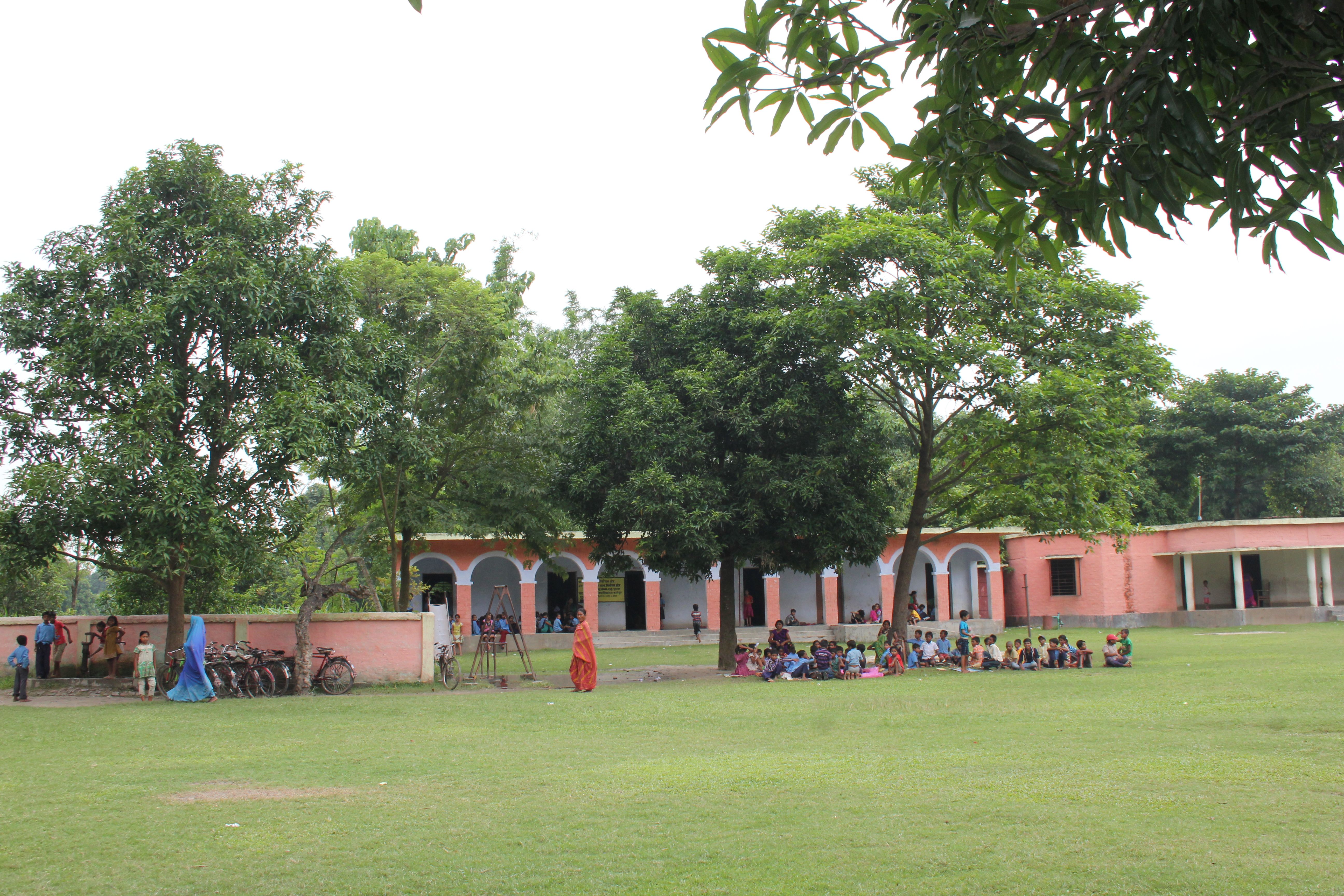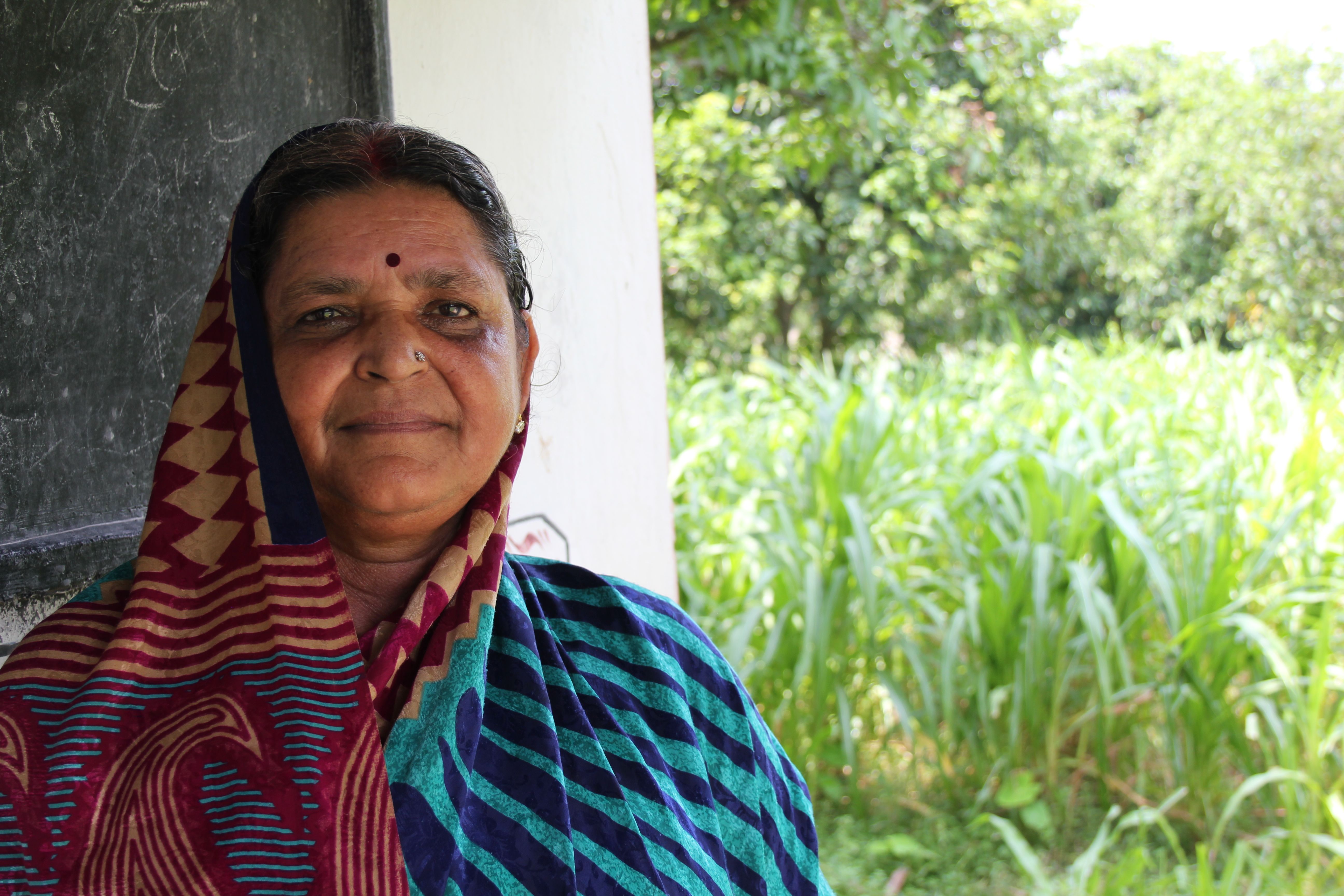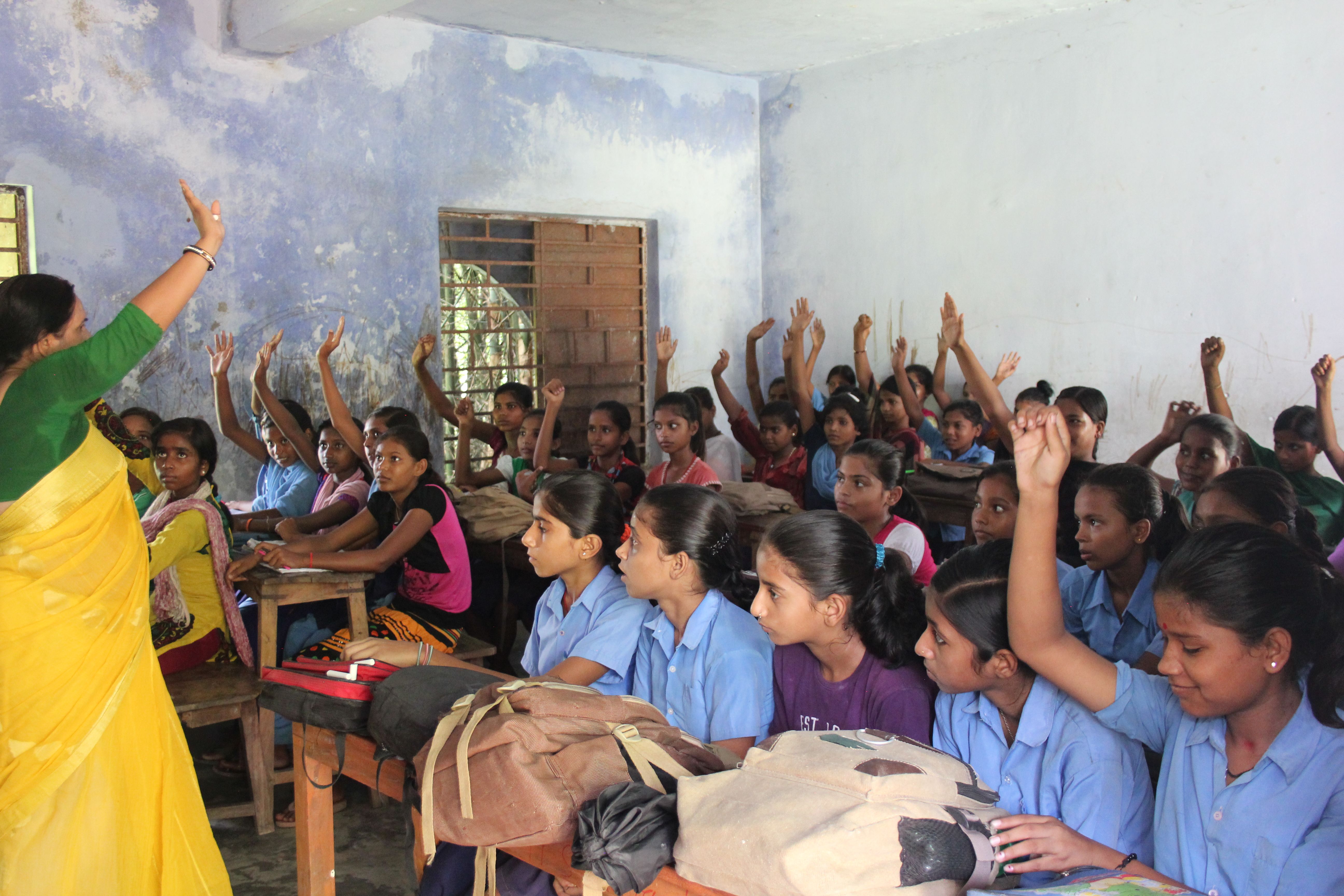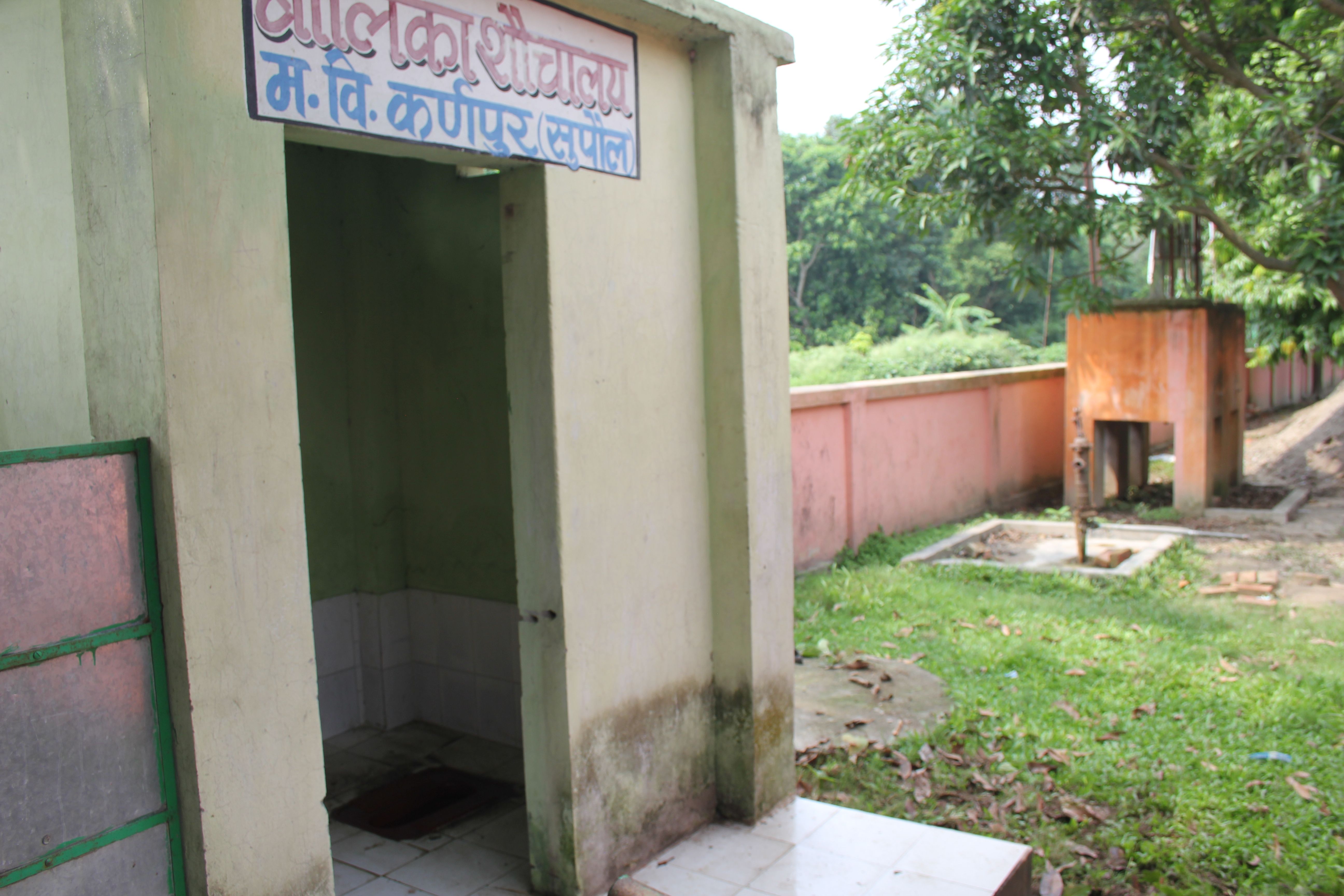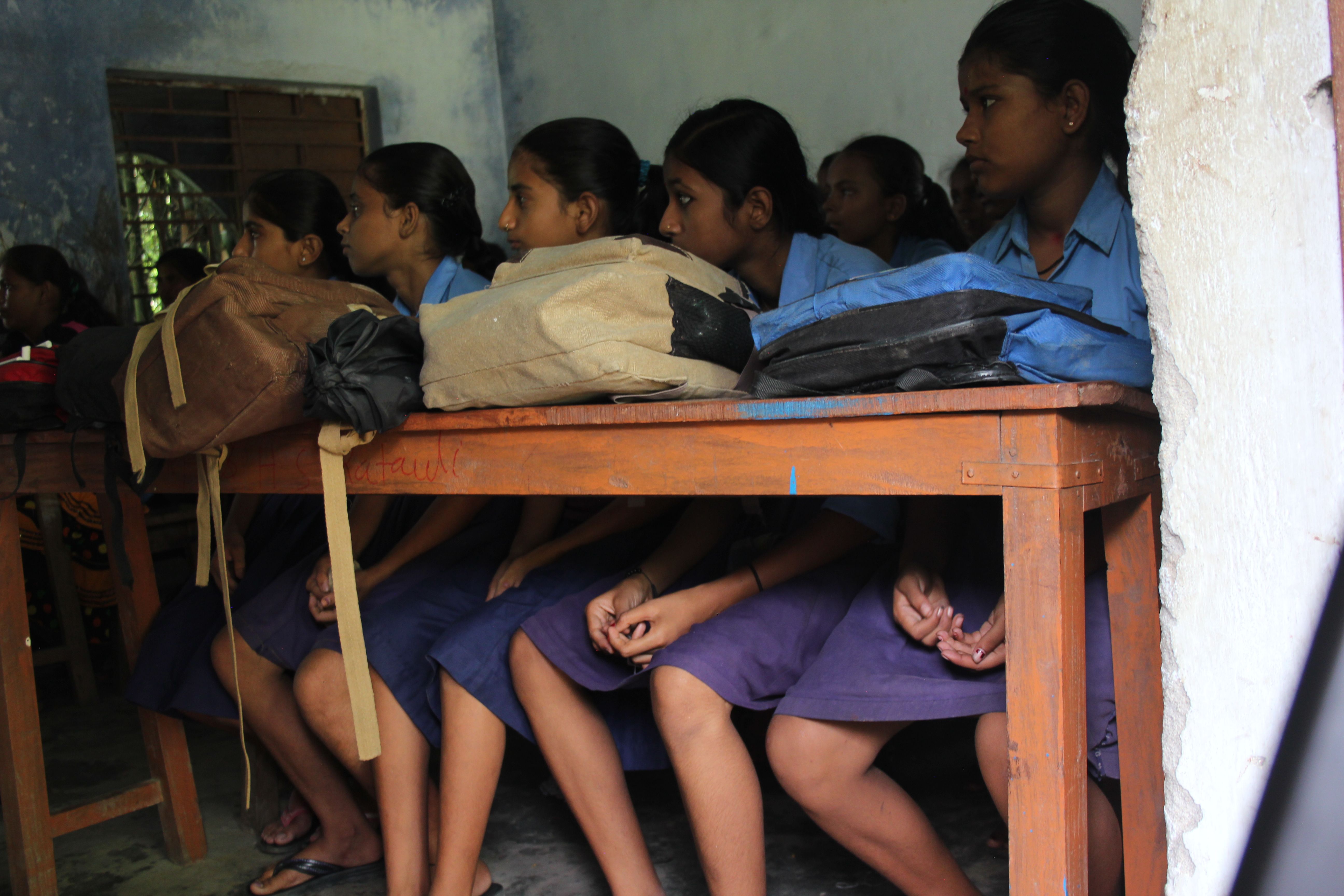November 03, 2015 | Pulitzer Center
India is in the midst of a sanitation crisis: Over 600 million people defecate outside every day leading to dire public health consequences of premature death from diarrheal illness, stunting of cognitive and physical growth of children, and violence against girls and women as they search for private places to relieve themselves. The Indian government seeks to end open defecation by promoting toilet construction in homes and schools nationwide. In Bihar, a poor state in northern India, this has added to individual and grassroots efforts to improve school sanitation.
